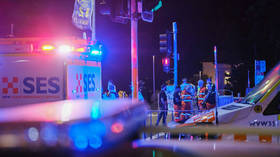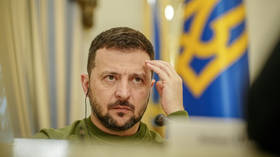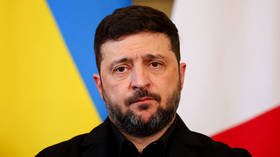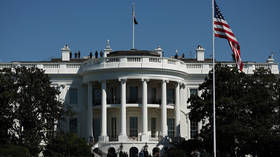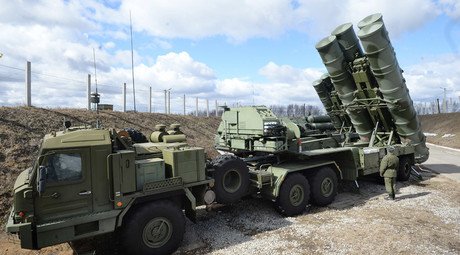No US airstrikes in Syria since Russia deployed S-400 systems
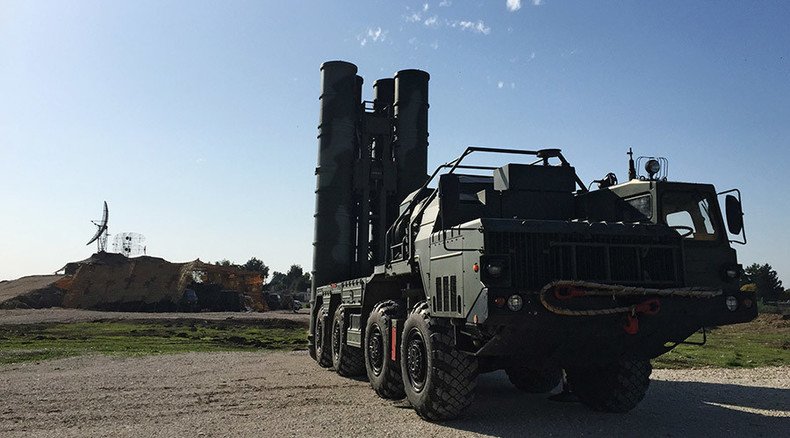
Both the American and Turkish air forces halted their strikes on Syrian territory around the time Russia deployed S-400 air defense complexes at the Khmeimim airbase, from which it stages its own incursions against Islamic State (IS, formerly ISIS/ISIL).
A spokesperson of the Combined Joint Task Force Operation Inherent Resolve (CJTF-OIR) told Sputnik on Friday that the absence of anti-IS coalition airstrikes “has nothing to do with the S400 deployment” in Syria.
READ MORE: Russia deploys cutting-edge S-400 air defense system to Syrian base after Su-24 downing
“The fluctuation or absence of strikes in Syria reflects the ebb and flow of battle,” the spokesperson said, adding that CJTF-OIR deliver airstrikes when and where it needs to, dedicating a lot of time to researching targets to ensure maximum effect and minimizing civilian casualties.
As CJTF-OIR reported on Friday, the US-led coalition had made no sorties against targets in Syria bsince Thursday, while airstrikes against Islamic State in Iraq continued, with the coalition making 18 strikes on terrorist positions.
On November 24, a Turkish F-16 fighter jet shot down a Russian Su-24 bomber, which had been bombing IS positions. Moscow says the bomber was in Syrian airspace which the F-16 violated, while Turkey claims the Russian jet crossed the Turkish border and was repeatedly warned before the attack.
Both the pilot and the navigator of the Su-24 ejected. The pilot was killed by a militant group while parachuting to the ground, while the rescue operation for the Russian navigator was successful to a certain extent: a Marine died providing covering fire in the rescue team drop zone and a helicopter was lost after it was hit with an American-made anti-tank TOW missile the terrorists are armed with.
READ MORE: US anti-tank TOW missile used in attack on RT journalists in Syria
After the incident, Russia’s Joint Staff took the decision to enhance air defenses at the Khmeimim airbase south of the Syrian port of Latakia.
The following day, on November 25, Defense Minister Sergey Shoigu announced the immediate deployment of S-400 misslies to Syria.
S-400 Triumph system missile launchers were airlifted to Syria by Antonov An-124 Ruslan super-jumbo aircraft 24 hours after the decision was announced on Wednesday.
According to open sources, the S-400 is capable of shooting down any existing aircraft, helicopter or missile traveling at speeds of up to 4.8 kilometer per second (over 17,000 km/h) The only target the system would have problems with is a nuclear warhead of intercontinental ballistic missile, which flies at speeds of up to 6-7 kilometer per second.
The S-400 engages targets at distances as far as 400 kilometers and heights of up to 27 kilometers (or higher with newer missiles). This is enough to cover at least 75 percent of Syrian territory, along with the airspaces of Lebanon, Cyprus, half of Israel and a vast part of Turkey.
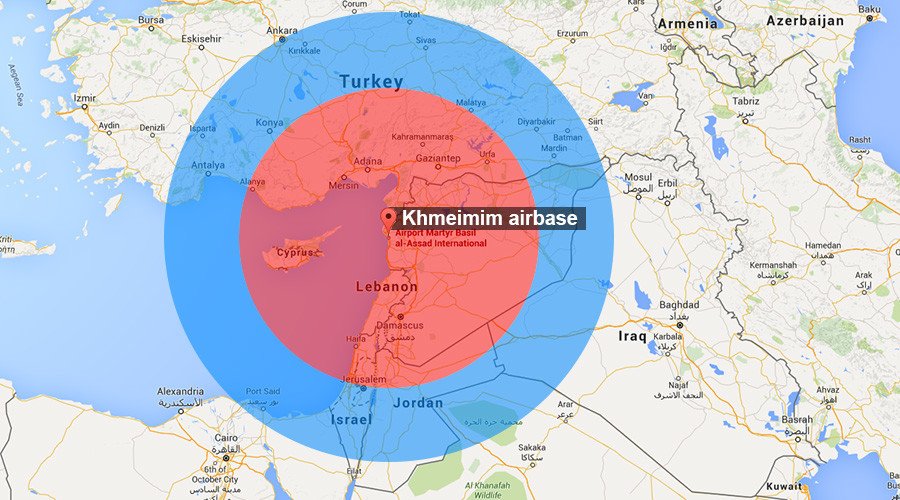
The S-400’s radar has a range of 600 kilometers and is capable of discriminating even objects moving on the ground, such as cars and military vehicles.
S-400 radar covers Syria, western regions of Iraq and Saudi Arabia, nearly all of Israel and Jordan, Egypt’s northern Sinai, a large part of the eastern Mediterranean and Turkish airspace as far as the capital Ankara.


